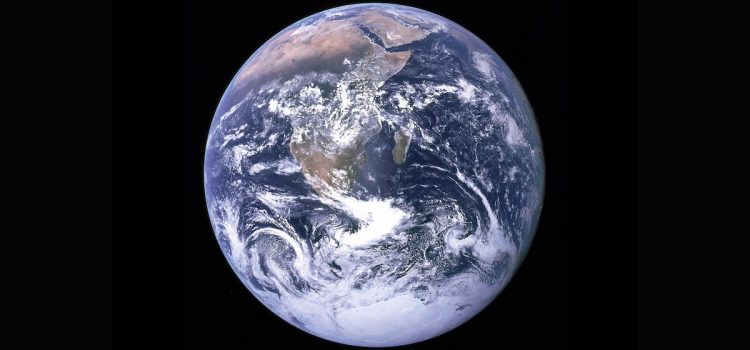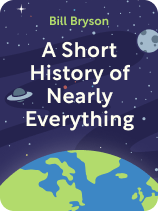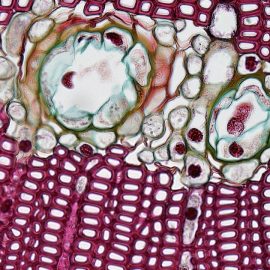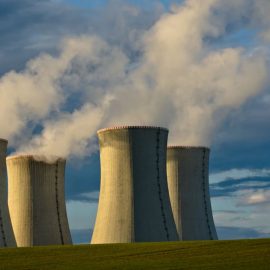

This article is an excerpt from the Shortform book guide to "A Short History of Nearly Everything" by Bill Bryson. Shortform has the world's best summaries and analyses of books you should be reading.
Like this article? Sign up for a free trial here.
How old is the planet? How do scientists estimate the age of the earth? What assumptions are part of the calculation?
In the middle of the twentieth century, scientists developed a system to help them determine the age of rocks. This, along with an assumption about the formation of the solar system, allowed them to estimate the age of the Earth.
Keep reading for an exposition of the Earth’s age.
How Old Is Earth?
How old is the planet? Scientists currently believe that the Earth formed about 4.6 billion years ago. Author Bill Bryson explains that scientists didn’t know how old the Earth was until the mid-1900s when lead-uranium radiometric dating was developed.
Uranium undergoes radioactive decay, eventually turning into non-radioactive lead. But, if the rock is melted, the lead separates from the uranium. So, by knowing the decay rate of uranium, you can calculate how long it’s been since a uranium-bearing rock solidified by measuring the ratio of lead to uranium in the rock.
However, most of the rocks on Earth cooled more recently than the Earth itself because plate tectonics tends to cycle rocks between Earth’s crust and its molten interior. Thus, to determine the age of the Earth, scientists actually resorted to dating meteorites, operating under the assumption that all the objects in our solar system formed at about the same time.
Bryson also recounts that, when lead-uranium dating was first introduced, measurements were often skewed by lead contamination from leaded gasoline exhaust. One of the first scientists to determine that Earth was 4.6 billion years old later spearheaded the movement to ban leaded gasoline.
| Radiometric Dating In addition to the lead-uranium method that Bryson discusses, there are a number of other radioactive isotopes that can be used to estimate the age of rocks. Since each method is subject to different possible contaminants or other sources of error, scientists can compare the results of multiple methods to isolate sources of error and determine the age of a rock more accurately. The potassium-argon method relies on the decay of radioactive potassium-40 into argon-40. If the rock melts, the argon gas tends to escape, so measuring how much argon-40 is in a potassium-bearing rock can tell you how long it’s been since the rock solidified. The argon-argon method is a variation of the potassium-argon method in which a rock sample is bombarded with neutrons to convert normally stable potassium-39 into argon-39. Then, the ratio of argon-39 to argon-40 will allow you to assess the fraction of potassium-40 that had decayed naturally, giving you the age of the rock. This method is considered more precise because it’s easier to measure the ratio of argon-39 to argon-40 than the absolute quantity of argon-40 in the sample. The samarium-neodymium method is considered particularly useful for dating very old volcanic rocks. It relies on the fact that there are several different isotopes of neodymium that decay into different respective isotopes of samarium at different rates. So, by measuring the amount of each isotope present, scientists are able to calculate both the initial concentration of isotopes in the sample and the time since it solidified. The rubidium-strontium method is considered particularly useful for dating meteorites. It relies on the decay of rubidium-87 to strontium-87. Scientists can determine the age of a sample by measuring the ratio of strontium-87 to strontium-86 in the sample because strontium-86 is non-radioactive and is not produced by radioactive decay. |

———End of Preview———
Like what you just read? Read the rest of the world's best book summary and analysis of Bill Bryson's "A Short History of Nearly Everything" at Shortform.
Here's what you'll find in our full A Short History of Nearly Everything summary:
- An accessible overview of the natural sciences
- A full history of the universe, Earth, and life as we know it
- A look at the unknowns and controversies that still exist in the sciences






